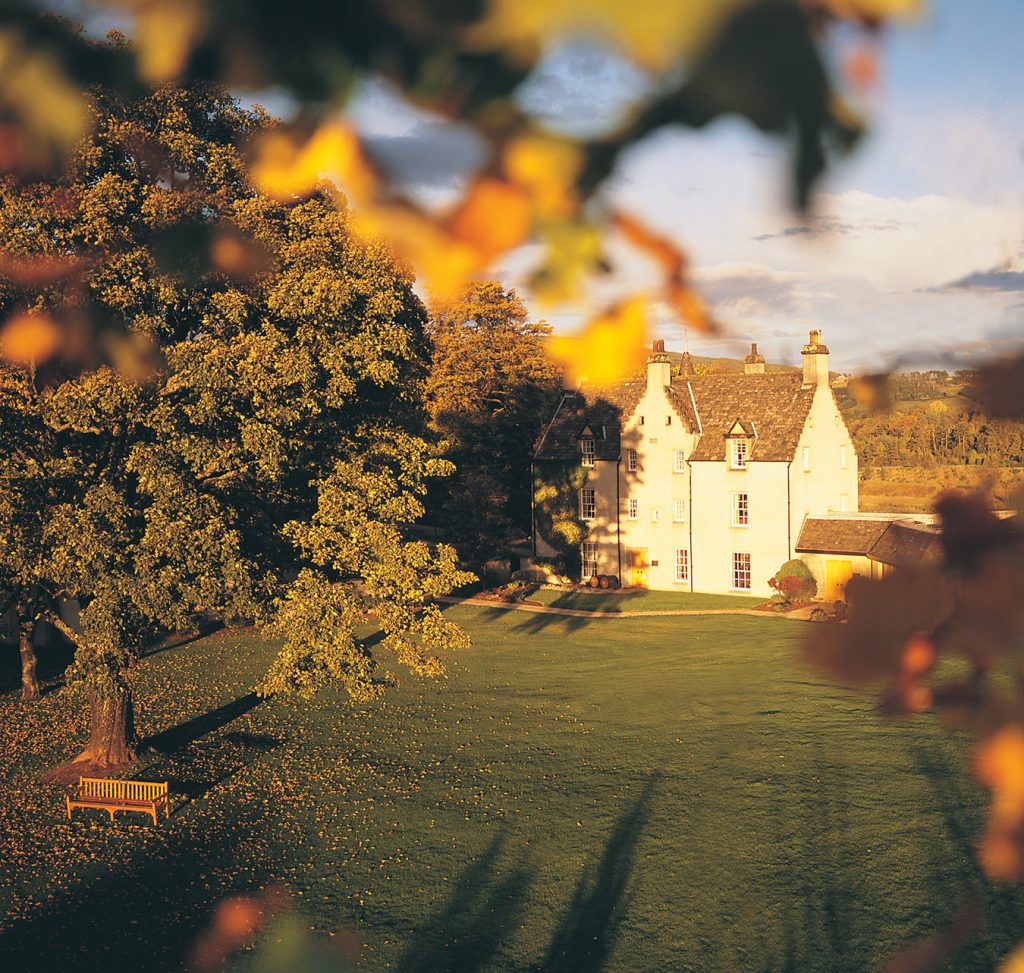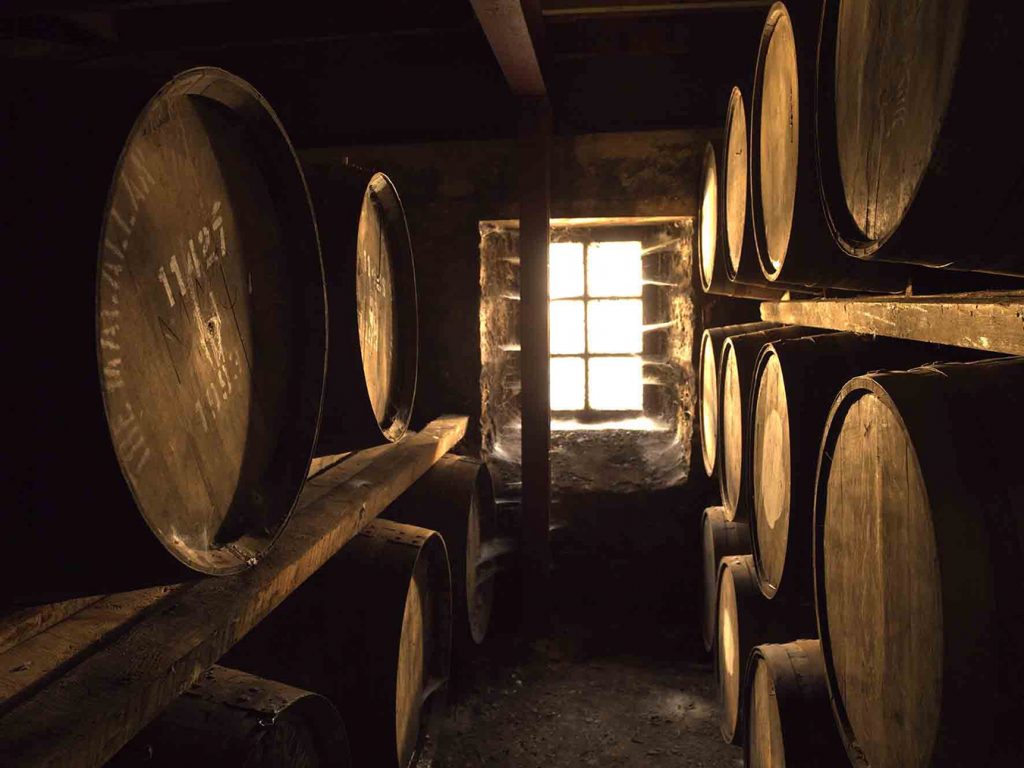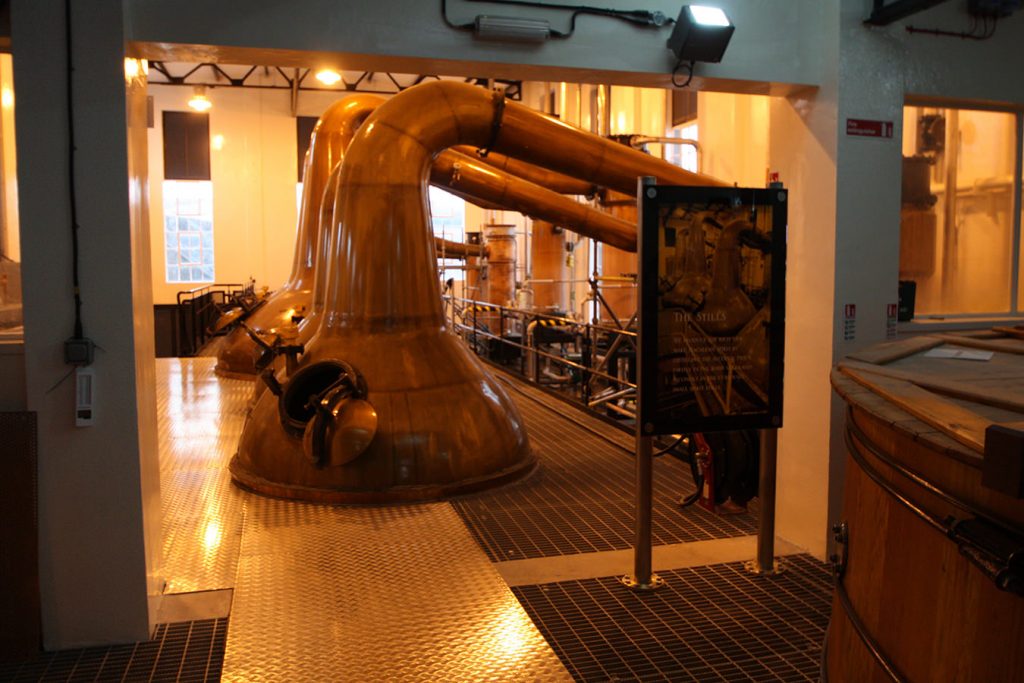For someone like me, growing up in a Canadian railroad family, the name Craigellachie has always had an iconic status: the place west of Revelstoke in the Rocky Mountains of British Columbia where, on November 7, 1885, a white-bearded Highland Scot named Donald Smith, a director of the Canadian Pacific Railway, drove in its ceremonial last spike, thus connecting the west coast to the east and marking a crucial stage in nation building.
But the name acquired a deeper resonance as my wife, myself, and a friend travelled through the rolling green hills of forest and grassland in northern Scotland, and along the Whisky Trail, home to many of Scotland’s malt whiskies, to the original Craigellachie village on the Spey river. Here, we were treated to an extensive tour of The Macallan distilleries.
After lunch in the village, we arrived at the Easter Elchies estate where the distilleries were established in 1824. In the Manor House, itself dating from 1700, we met our congenial guide, Ian Duncan, whose blend of technical details and local lore led us easily through the entire production process, from the harvesting of Minstrel and Concerto barley to the unique size and shape of The Macallan’s distillation stills to the selection of oak trees felled in Spain and the United States, and the coopering and seasoning of the oak casks with Spanish sherry and American bourbon, key to the colour, flavour, and aroma of the final product.
Duncan then handed us over to Margaret Gray, where, in the large dining room of the Manor House, she presented us each with four glasses and four carafes of the new 1824 Series: Gold, Amber, Sienna, and Ruby, and, in her turn, guided us through first a visual assessment of colour and texture, then a nosing of aromas and flavours—the hints of citrus or spices or chocolate, for example—and finally a tasting, noting how and where the liquid greets the tongue or coats the palate. We left with a deep appreciation for the carefully cultivated quality of these whiskies and for the warm hospitality of our tutors, clearly grounded in a love both of what they do and sharing their knowledge.
When CPR President George Stephen, another Highland Scot from Speyside, had secured sufficient funding in Britain to complete the railway he telegraphed to Smith in Canada an old battle cry of warring clansmen, “Stand Fast, Craigellachie!” It’s not surprising that the same qualities of dedication and steadfastness that resulted in one of the world’s great institutions of transportation and communication should also be found driving another iconic institution of civilized living, the Macallan.












